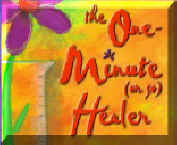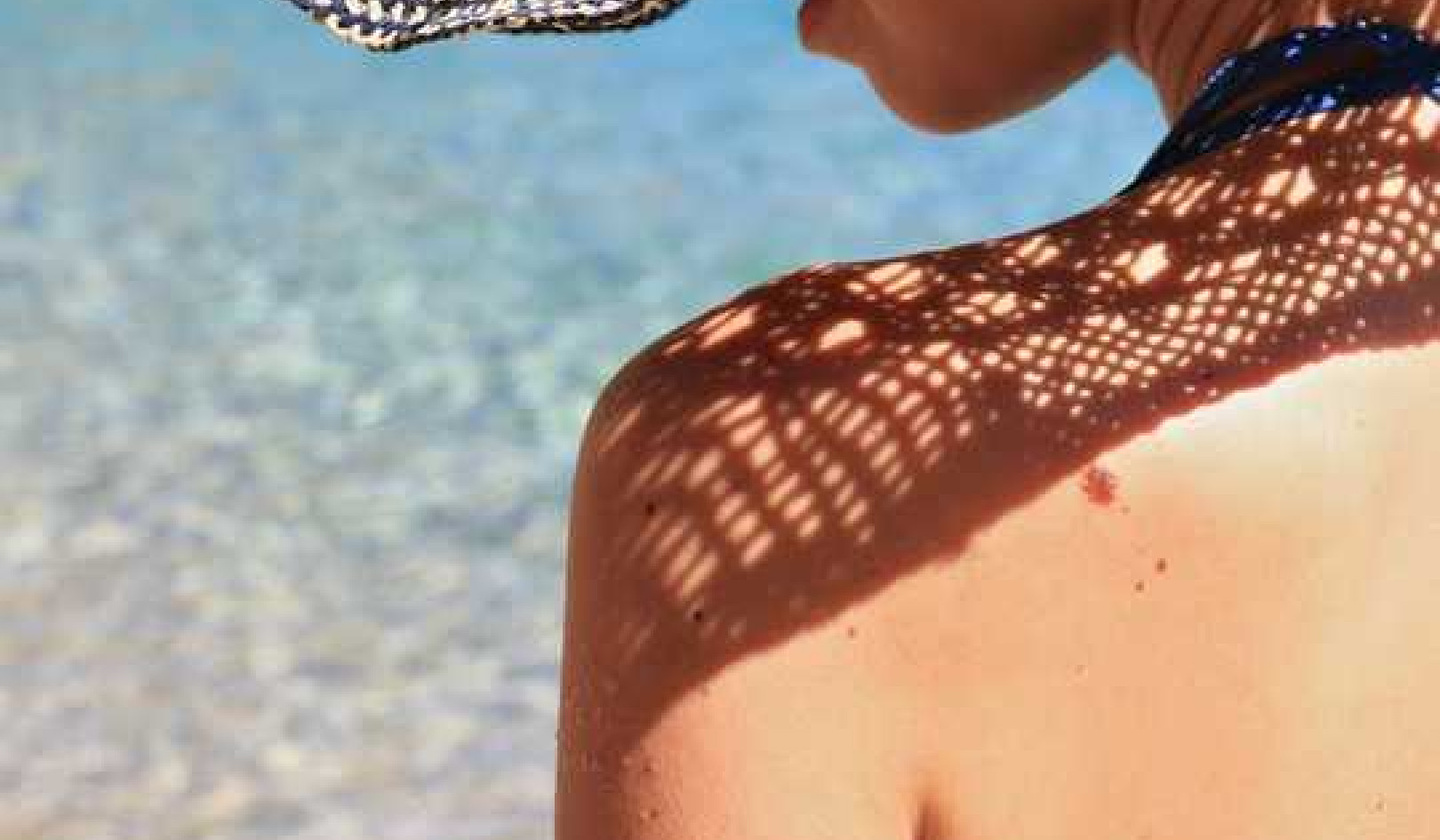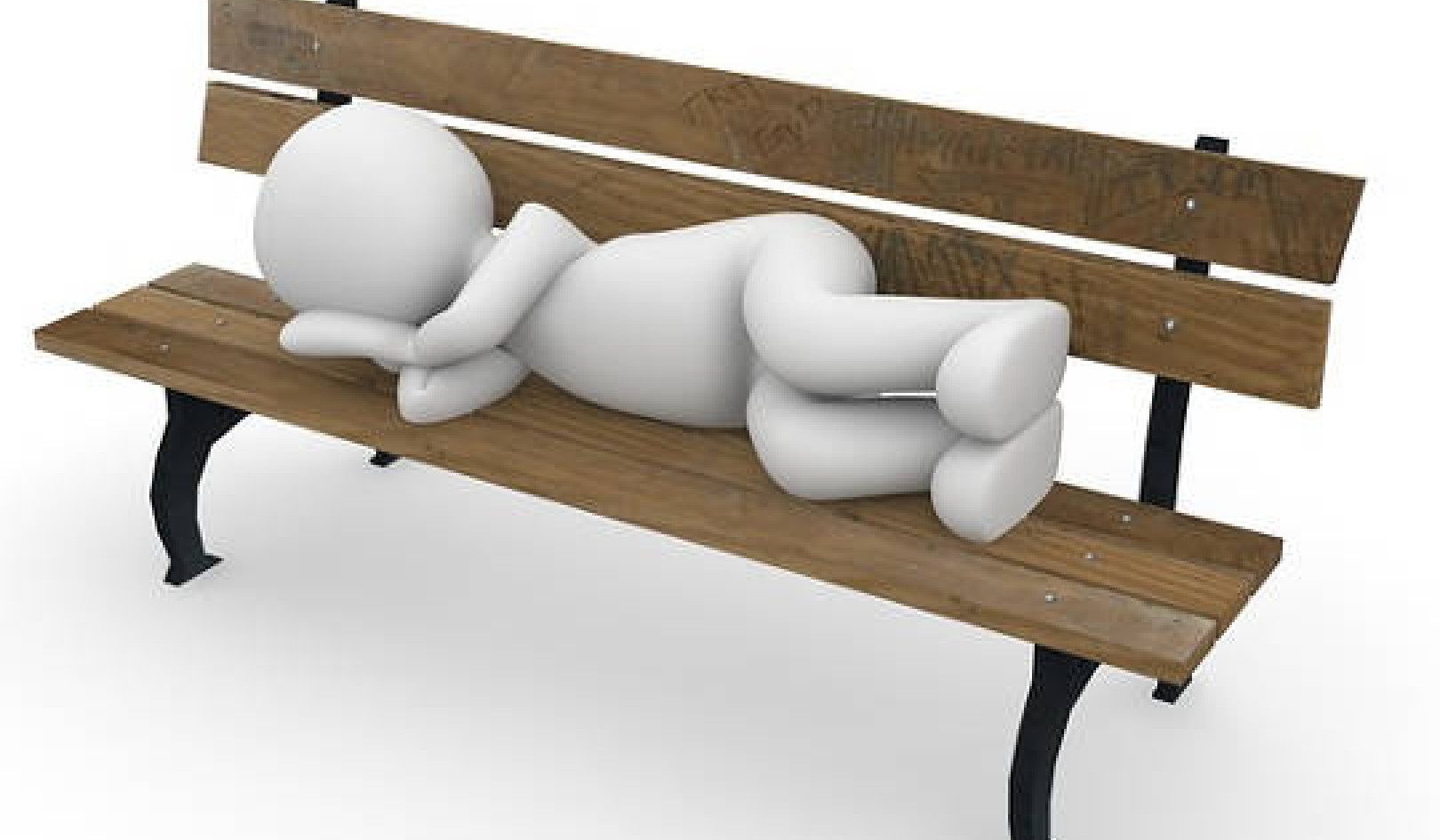"When the head aches,
all the members partake of the pain."
-- from Don Quixote, by Cervantes
Approximately 90 percent of headaches are tension headaches, but perhaps they should be called "tension neck- and backaches" because it's the tightening of the neck and back muscles that usually creates the head pain.
Tension headaches seem to be an equal-opportunity affliction. They can be caused by almost any type of stress: too much or too little exertion, too much or too little excitement, too hot or too cold temperatures, too much or too little sleep, too erect or too limp posture, too much or too little food, and so on.
Tension headaches can lead to irresponsible behavior, which can, actually, have a real practical value. You may tell your spouse, "I can't do the dishes, honey." You may tell your employer, "I can't finish that project." You may tell your children, "Shut up and stop having fun." This selfish behavior might lead you to rest and take care of your headache.
Sometimes it seems that a headache is nature's way of getting you to relax.
If, however, your teeth are clenched so tightly that people think you're doing a Clint Eastwood impersonation, if your neck is so tight that U.S. Steel wants to patent this musculature, and if your eyeballs hurt when you move them, then you are paying the price of not resting and enjoying yourself enough. You now have some catch-up to do.
If your eyes are not cooperating with you because of a headache, get someone to read the following strategies to you.
Don't relax... at least not yet
An effective technique for reducing tension headaches is to tighten muscles in the head, neck, and jaw for five to ten seconds . . . and then release them. You may find that you will be able to achieve a deeper level of relaxation from this simple exercise.
Get in touch with the temples
Remember the old aspirin commercials showing a furrow-browed man with an awful headache? As you may recall, he is seen massaging his temples. There are important acupressure points at the temples that are often effective for relieving tension. Place four fingers (not the thumb) along both temples, and do a circular massaging motion. Massage for a minute . . . and call me in the morning.
Head to acupressure
The head and neck are full of invaluable acupressure points that can release tension when they are pressed firmly. Search your head and neck for "hot" points -- that is, points that seem to be sensitive to pressure. Press them for at least five seconds, relax for five seconds, and repeat several times.
Your head is in your hands
There is an acupuncture point just barely below the nail of your middle finger. If your pain is primarily on one side, then press the point on that side's hand, and if on both sides, then alternate pressing each hand.
Head for the herbs
Various herbal teas can help you relax. Place a tablespoon each of chamomile and skullcap into a cup of boiling water, and let it steep for five minutes. Another good combination of herbs is one teaspoon each of hops and peppermint, and two teaspoons each of chamomile, rosemary, and wood betony
Support your head
Evening primose oil and gingko help improve circulation to the head and can help reduce headache pain. Take 500 mg of primose oil and gingko tablets three times a day.
A bright idea
Cool-white fluorescent lights, which are commonly used in many businesses, give some people headaches. Ask your employer to help enhance worker health and productivity by replacing these bulbs with full-spectrum lighting.
Watch Candid Camera reruns
Laughter releases tension. You may laugh your headache off.
Play a different game
Tension headaches can result from an over-competitive personality. Create win-win situations. Appreciate the art of losing. Honor the quality of the performance, not simply the first prize.
Consider the Migraine Headache strategies
The methods in the previous section may benefit you, too. Experiment with them.
Article Source
The One Minute (or so) Healer
by Dana Ullman, MPH.
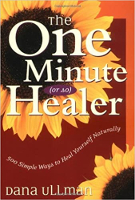 The One-Minute (Or So) Healer, drawing on a wide range of natural healing approaches including nutrition, yoga, homeopathy, massage, relaxation, and even humor, not only gets readers back on their feet, but also provides them with quick and easy ways to do so.
The One-Minute (Or So) Healer, drawing on a wide range of natural healing approaches including nutrition, yoga, homeopathy, massage, relaxation, and even humor, not only gets readers back on their feet, but also provides them with quick and easy ways to do so.
Using a relaxed, humorous style, this guide addresses 31 common health problems along with 500 healing techniques.
Click here for more info or to order the latest edition of this book.
(EDITOR'S NOTE: The remedies presented here have taken from the book: "The One Minute (or so) Healer" by Dan Ullman, MPH. While we present a few suggestions here, the book contains 500 simple ways to heal yourself naturally.)
About the Author
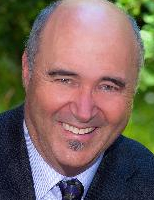 DANA ULLMAN M.P.H. is one of America’s leading advocates for homeopathy. Hehas been certified in classical homeopathy by the leading organization in the U.S. for professional homeopaths. Dana has authored 10 books. He has also created an e-course How to Use a Homeopathic Medicine Kit which integrates 80 short videos (averaging 15 minutes) with his famous ebook, entitled Evidence Based Homeopathic Family Medicine.
DANA ULLMAN M.P.H. is one of America’s leading advocates for homeopathy. Hehas been certified in classical homeopathy by the leading organization in the U.S. for professional homeopaths. Dana has authored 10 books. He has also created an e-course How to Use a Homeopathic Medicine Kit which integrates 80 short videos (averaging 15 minutes) with his famous ebook, entitled Evidence Based Homeopathic Family Medicine.
He is the founder of Homeopathic Educational Services which is America’s leading resource center for homeopathic books, tapes, medicines, software, and correspondence courses. Homeopathic Educational Services has co-published over 35 books on homeopathy. For more about Dana Ullman, visit https://homeopathic.com/about/


